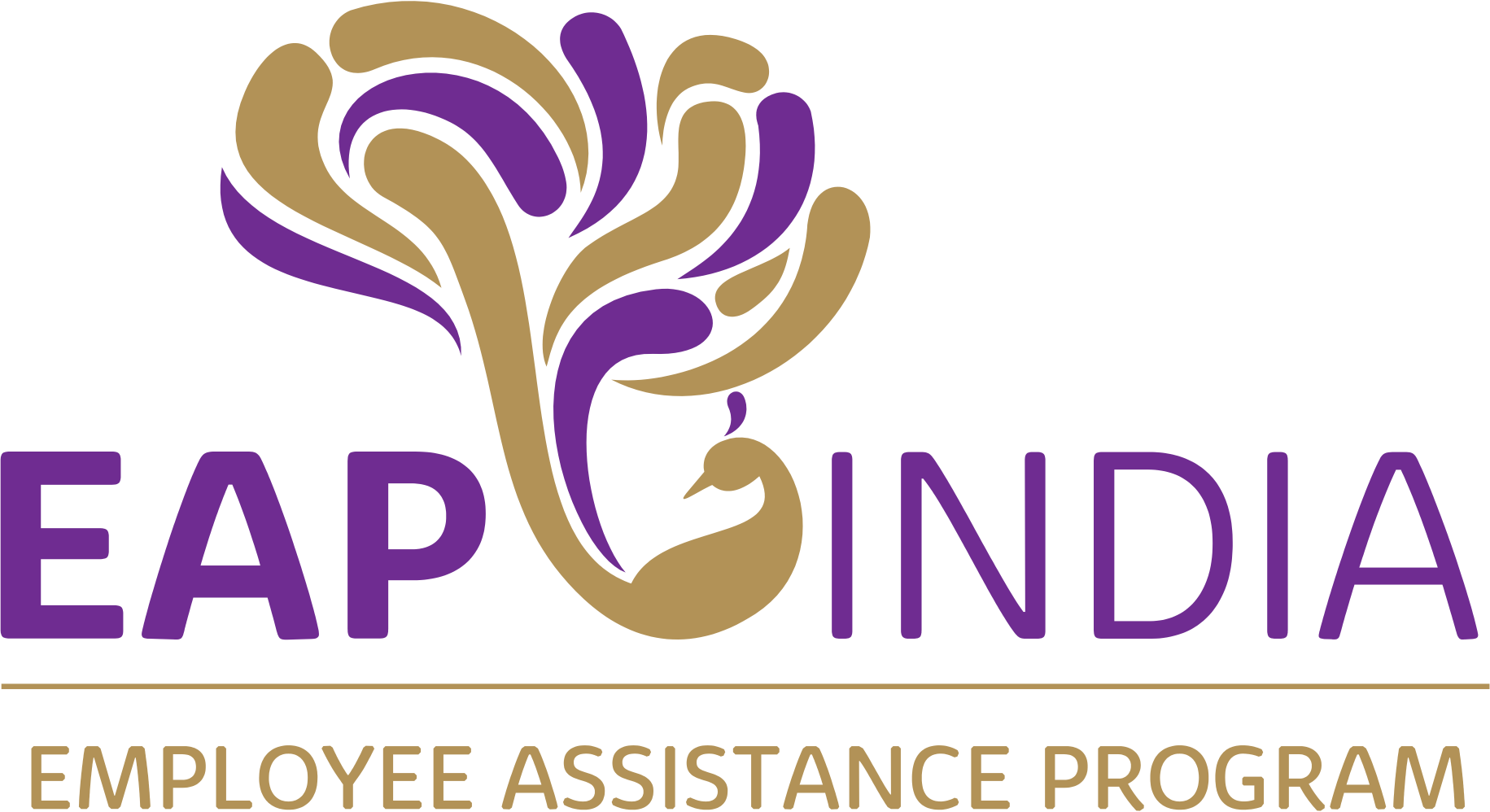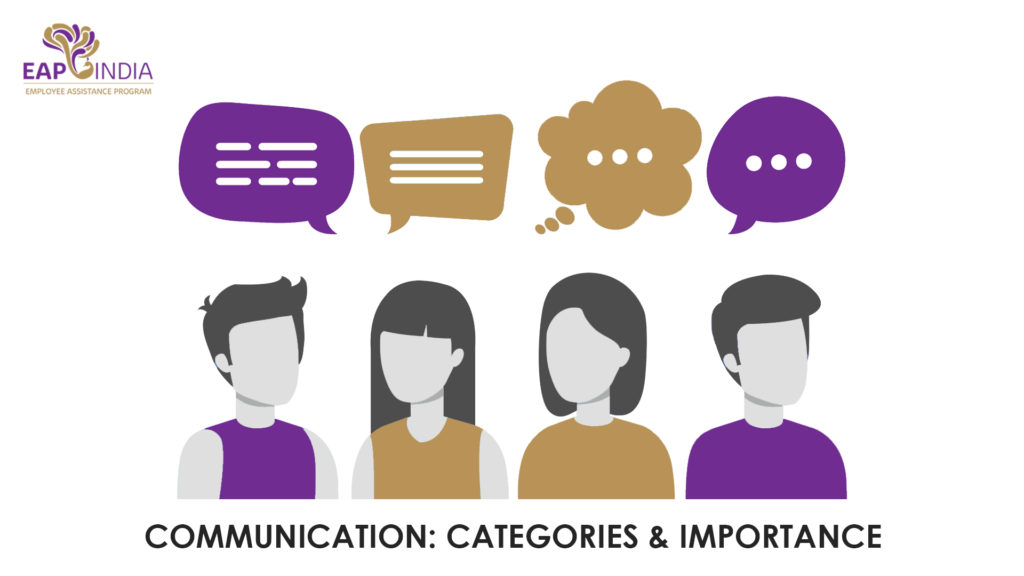We communicate more than just words when we interact with someone, our body also has a language of its own; the way we sit, the way our hands move, our facial expressions, body posture, rhythm, everything is important while communicating.
The passage of a message from the sender to the recipient can be affected by a variety of things like our emotions, culture, the medium used to communicate and sometimes even our location.
Categories Of Communication
There are prominent two categories of communication known everywhere. They are:
- Verbal Communication
Verbal Communication is the most obvious & understood mode of communication. It is a powerful tool while conveying messages. It is sharing of information between 2 or more individuals using words, sounds from your mouth.
It is usually face-to-face or written with the use of language as the medium. Choosing the appropriate words according to the situation is important, since verbal communication requires words.
- Non-Verbal Communication
Non-Verbal Communication is the use of body language, clothing, proximity, eye contact, posture of our body while communicating with someone. There are many other subtle ways in which we communicate, sometimes unintentionally with others.
Sometimes, non-verbal communication is used to interpret whether verbal communication was true and authentic or not.
Similarities Between Non-Verbal & Verbal Communication
Despite their differences, non-verbal & verbal communication do have some similarities between them. For better and effective communication, using both verbal & non-verbal skills are important.
One can also say that both these forms of communication are mostly learned and not inborn.
Which Is More In Use?
Non-verbal communication is more important than verbal communication. According to a study conducted by Albert Mehrabian in the 1960s found out that 55% meaning of any message was generated by face and body; another 38% was derived from the way one speaks (tone, volume) and only other 7% from the words that were spoken.
It also found that people are unable to control their non-verbal cues than verbal cues.
Importance Of Verbal & Non-Verbal Communication
- Verbal Communication:
- It is more structured as it is grammatical rules and gives out clear messages.
- Each word has a different meaning and there are less chances of words getting misread.
- Verbal communication is fast and efficient.
- It provides immediate feedback.
- Verbal communication is useful in building analyzing and reasoning skills.
- Non-Verbal Communication:
- It is time-consuming.
- Non-verbal communication has chances of getting mis-interpreted sometimes.
- It helps in communicating our emotions, feelings to people.
- It can have greater impact on the listener & the outcome of the communication.
- Non-verbal communication can be very culture-specific.
Conclusion
The verbal context is an important part of our communication but the way we communicate non-verbally is equally important, sometimes a little more. Verbal communication skills can be used as a tool of persuasion. It can also be used to have debates, discuss important things and establish relationships as words can also be used to express feelings.
Good communication skills are acknowledged everywhere and they are considered extremely desirable by people around the globe.




